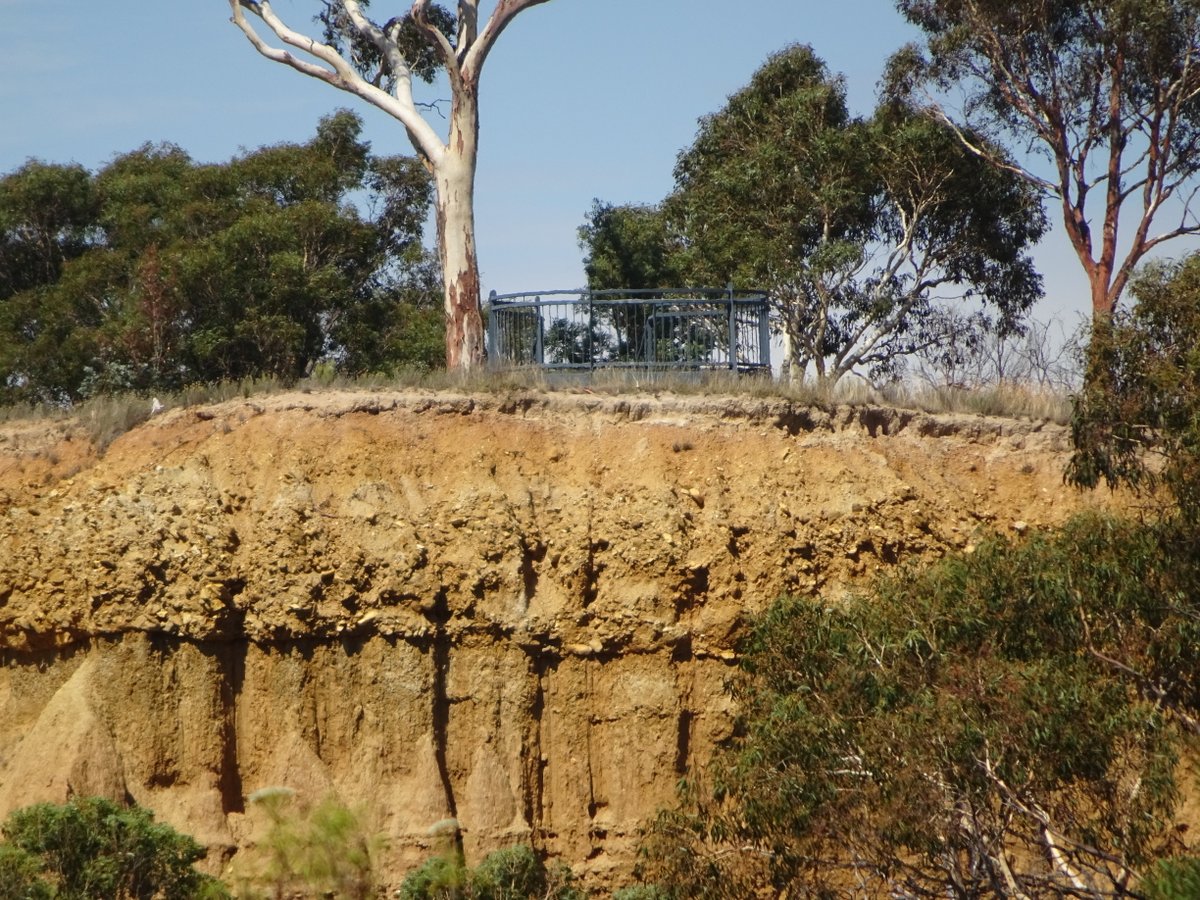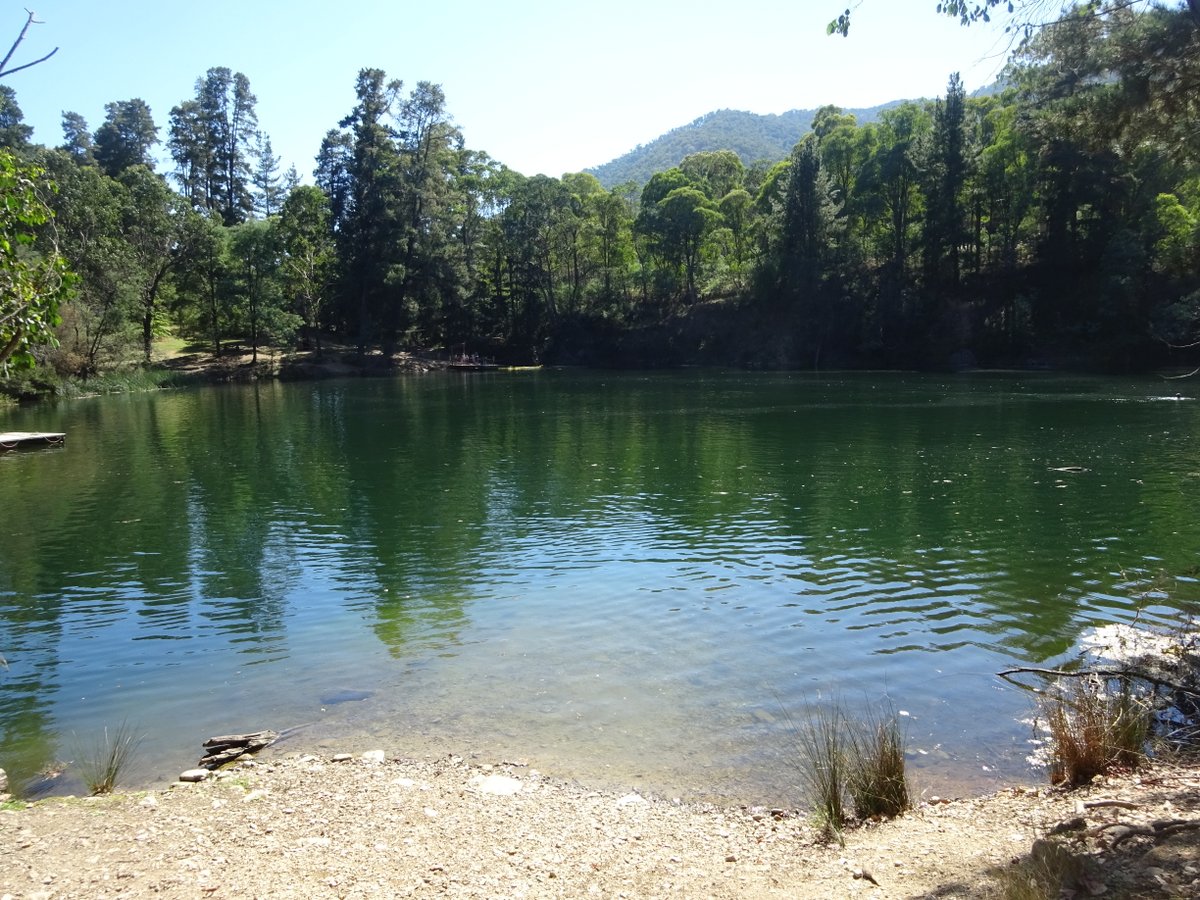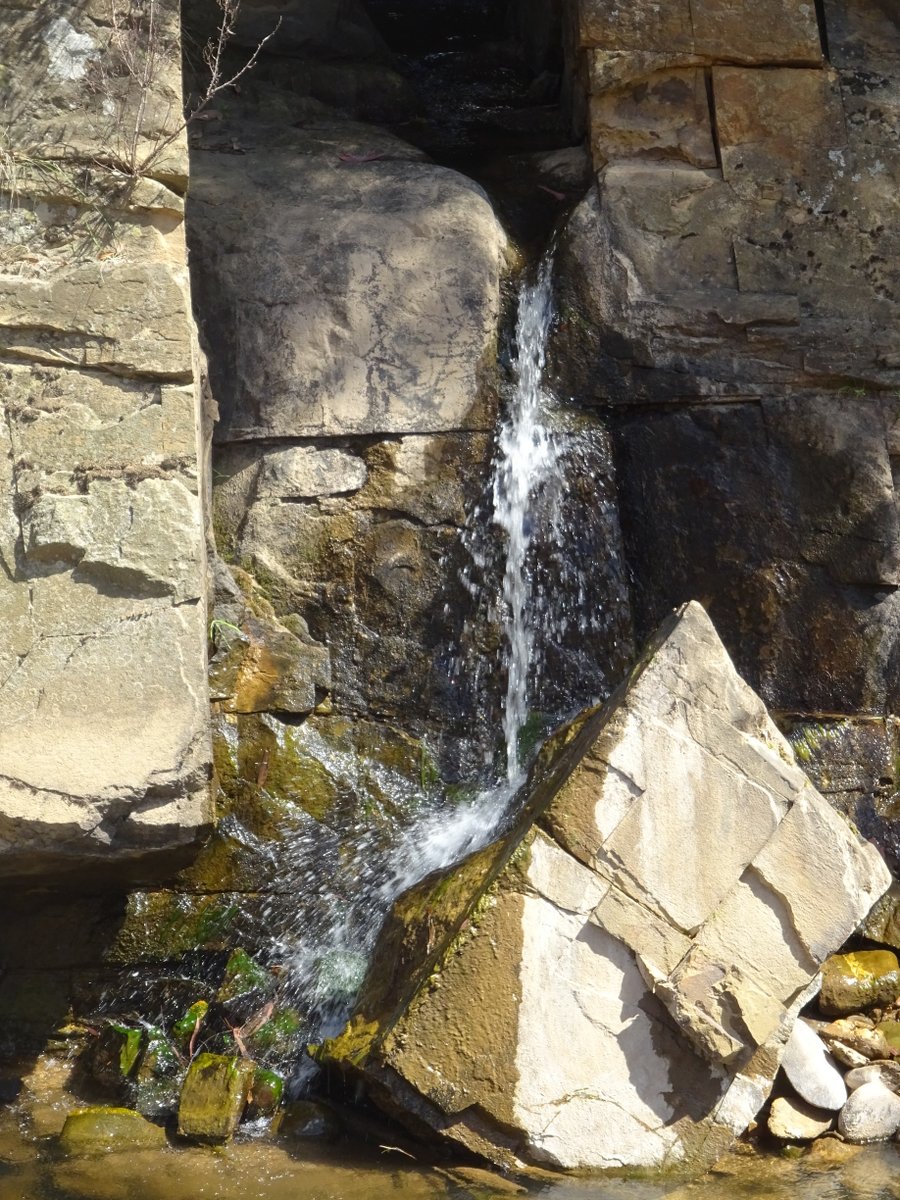Gold Fever!
Last weekend I was in the Victorian Alps, and saw clearly the effects of technology. Yesterday, I spoke of the wonder of technology, but cautioned that it can be used for harm as well as for good. Today, I want to speak of some of the harm I saw.
The main history of the area is gold mining. The town I stayed in (Harrietville) was a gold mining town, and in fact still has two operating mines 150 years later. Some of the other towns I visited were also established in the gold rush era. Now they host tourists in the summer and seekers after snow in the winter, but the legacy of man’s frantic search for gold is still visible.
When reading about the history of gold mines in Harrietville, one of the things I was struck by was how much rock and dirt miners had to move to find the hidden gold. A good reef might produce 10 oz per tonne, but most of the mines were producing less than 1 oz per tonne. For reference, that tonne is over 30,000 oz. And given the higher density of gold it would be an even lower percentage by volume. Talk about searching for a needle in a haystack!
Fortunately (?) technology came to the rescue, and the miners discovered new and different ways to harvest more gold. These ways made many changes to the countryside and still required hard manual labour, but at least the golden drug could continue to flow. Some of those technologies came from the Californian gold fields, so we get to blame the Americans for destroying our countryside…
Some of this comes down to a key human trait: following the reward.
If you reward people for blasting away entire hillsides in search of tiny slivers of gold, that is exactly what they will do.
If you reward them for digging out massive chunks of quartz and carting it away to have it crushed and the tiny veins of gold extracted, they will do it.
If you tell them that gold is valuable they will throw up respectable jobs and fight for the privilege of digging it up.
“Get-rich-quick” schemes are not a new thing.
I like the words attributed to Warren Buffet:
Gold gets dug out of the ground in Africa, or some place. Then we melt it down, dig another hole, bury it again and pay people to stand around guarding it. It has no utility. Anyone watching from Mars would be scratching their head.
Gold production puts to rest the idea that the gold standard provides some objective standard of value. When the supply of gold does not stay constant, how can we expect its purchasing power to stay constant? It’s just one of many metals that we have chosen to put a value on. In fact, Wikipedia tells me that one of the factors for Victorian gold mining activity winding down was when we left the gold standard.
At the height of the gold rush, people poured into Victoria and out to the goldfields. In that decade, the population of Victoria grew seven-fold, while the farmers were struggling to find people to help producing the food that would actually keep the colony alive. In the words of Tolkien:
Bilbo: I assure you, he [Thorin] is quite ready to sit on a heap of gold and starve, as long as you sit here.
Bard: Well, let him! Such a fool deserves to starve.
As even Thorin admitted later:
If more of us valued food and cheer and song above hoarded gold, it would be a merrier world.
I’m going to add hiking to Thorin’s list, since it makes the world feel like a better place, and since it allowed me to visit some of the gold mining areas.
So here are three different places I saw that were still visibly affected from the gold mining.
Oriental Claims Historical Area, Omeo

The information sign-board here says: “Powerful jets of water were used to wash away the gold-bearing gravels, leaving in their wake a devastated but interesting landscape”. And it is true: the landscape in this area is interesting (and devastated). There are nice views of the countryside, but there are also fascinating sheer cliffs, fenced off tunnels in the sides of those cliffs, and even some hoodoos that reminded me of Bryce Canyon. There are fenced off mine-shafts, with the warning that if you stray from the trail you might come across some that aren’t fenced off.
Even with the power of water it wasn’t easy: It is said that over 50km of (hand-dug) channels were required to get the water where it needed to be. So where did the 99.999% of the cliffs that weren’t gold go? Well, they were just washed downstream (surely no-one would mind?) Eventually, a Sludge Abatement Board was formed, and in 1904 hydraulic sluicing in the area was discontinued.
Now it is a park to walk in. The trees have returned, and it begins to look more natural, though it is certainly not by any stretch of the imagination “natural”. I think it is probably more scenic than if it had been left alone by humans. Certainly more historically interesting. But I find it an odd concept that small quantities of a shiny yellow metal were so important that it was OK to blast the rest of the landscape apart to retrieve it.
Tronoh Dredge Hole, Harrietville

Nowadays, you could be forgiven for thinking this beautiful greenish lake is natural. It certainly doesn’t stand out as starkly as the cliffs near Omeo. But from 1942 to 1954 this area was the operating ground of the largest dredge ever used in the Southern Hemisphere. The dredge extracted plenty of gold from the region, and after it had finished it left this lake, up to 40m deep in places. I was there on Labour Day and plenty of people were swimming in it, though none of them seem to have made it into my photo.
Canyon Walk, Bright

When walking Bright’s Canyon Walk, you are mostly seeing natural river features. But extensive work was done in the area in gold rush times. The most noticeable features are the “tail races”: narrow channels cut in the cliffs to carry away the soil and gravel from the gold-bearing workings to the river once the gold had been separated. And yes, these tail races can lead to interesting features like this small waterfall. But they are certainly not natural.